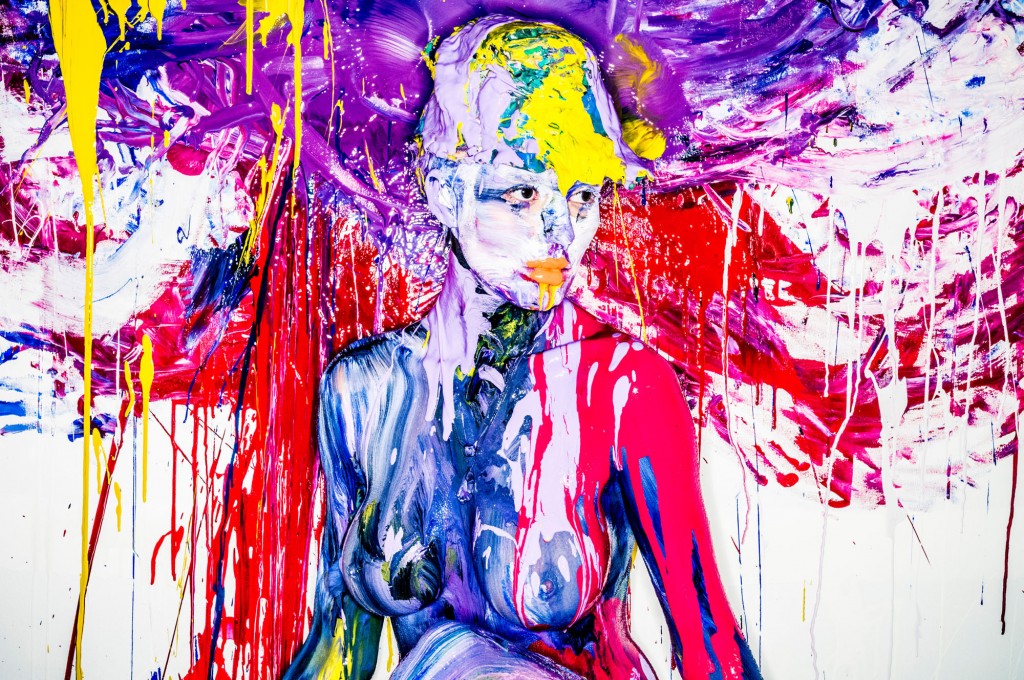
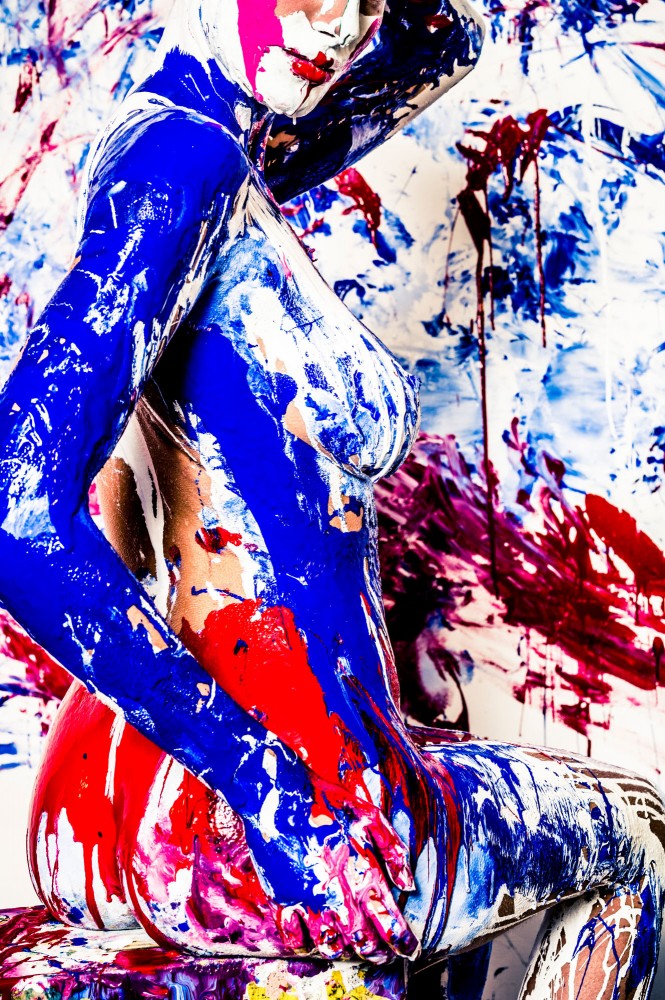
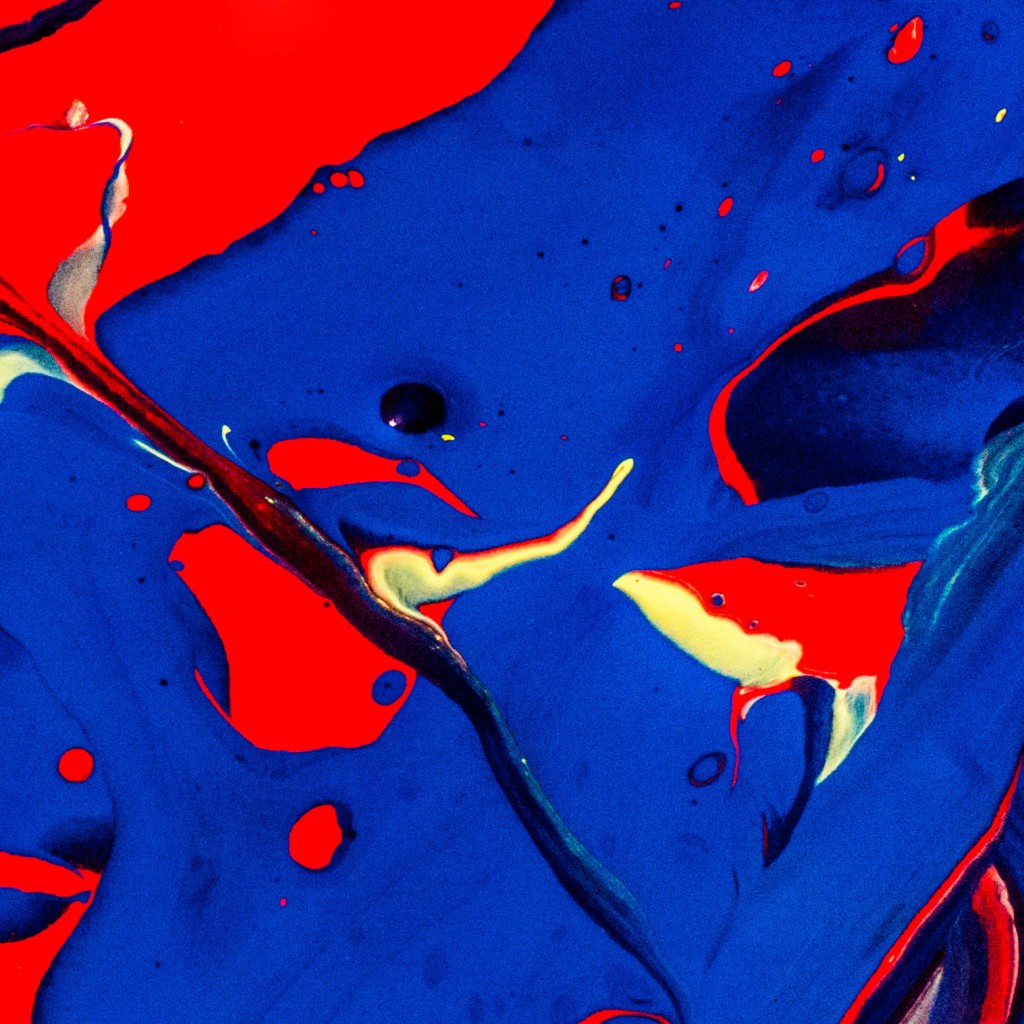
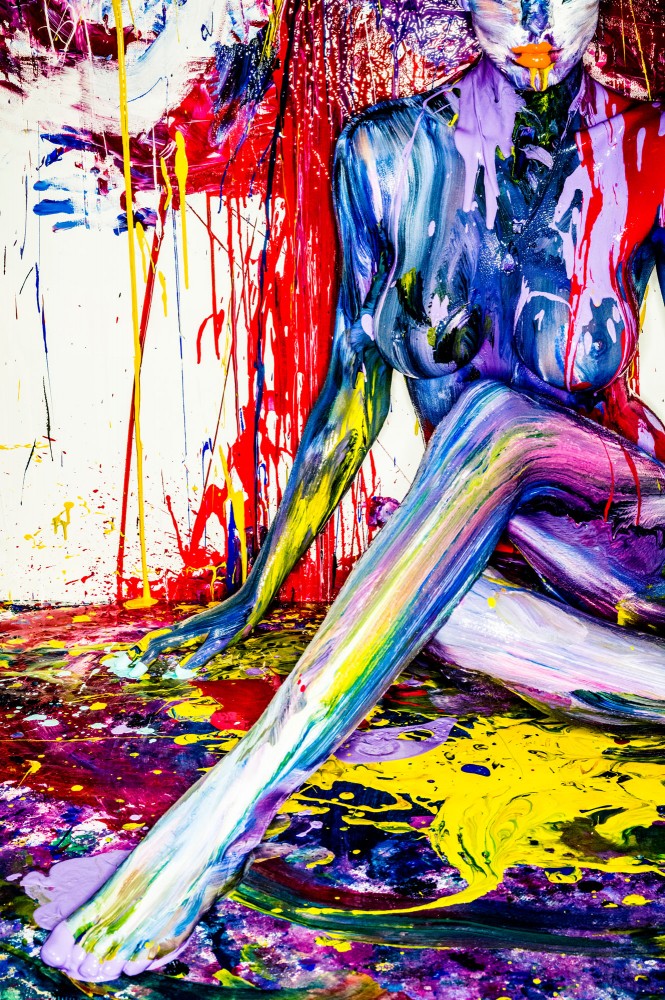
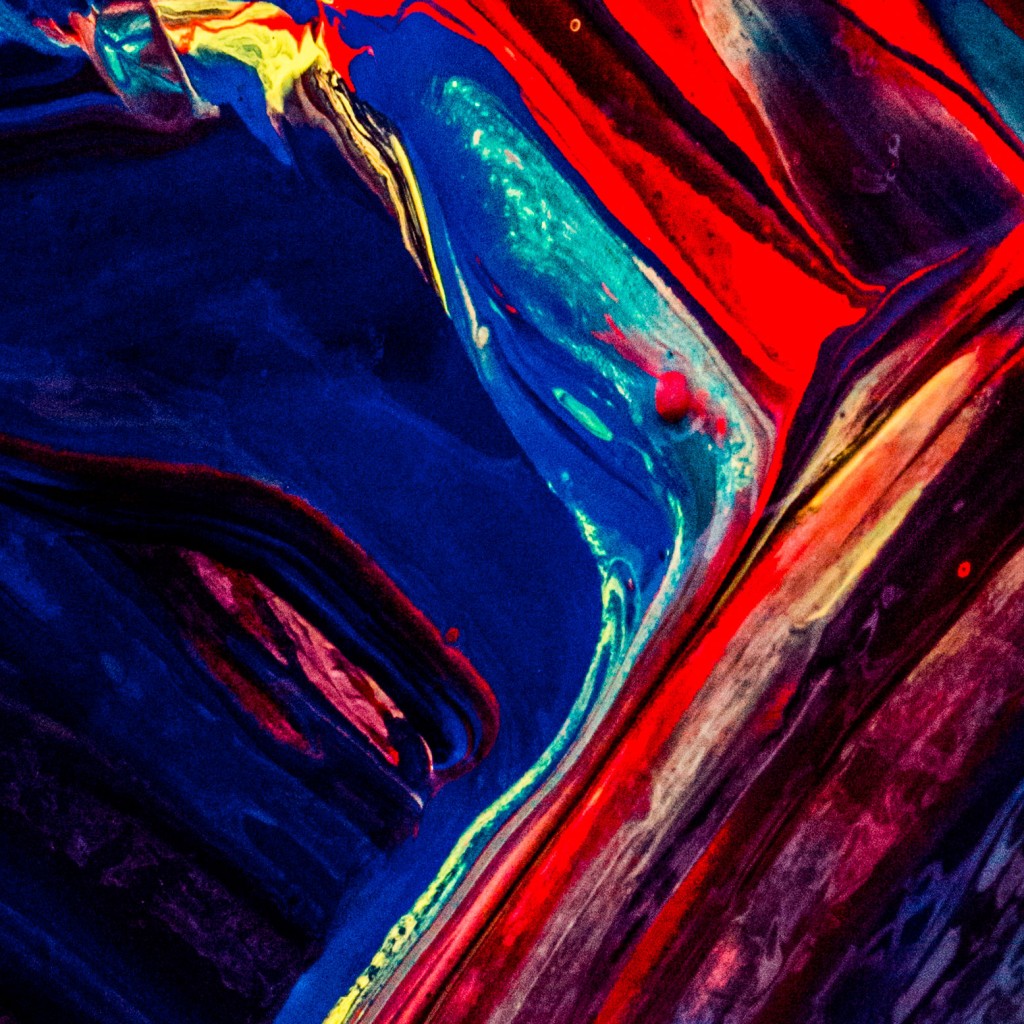
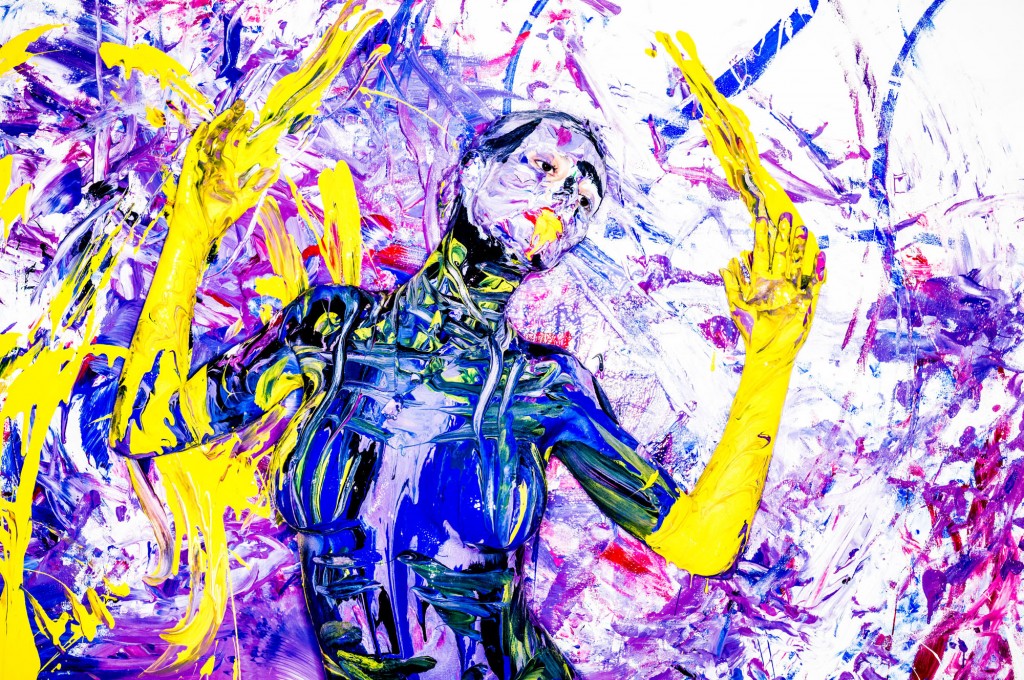
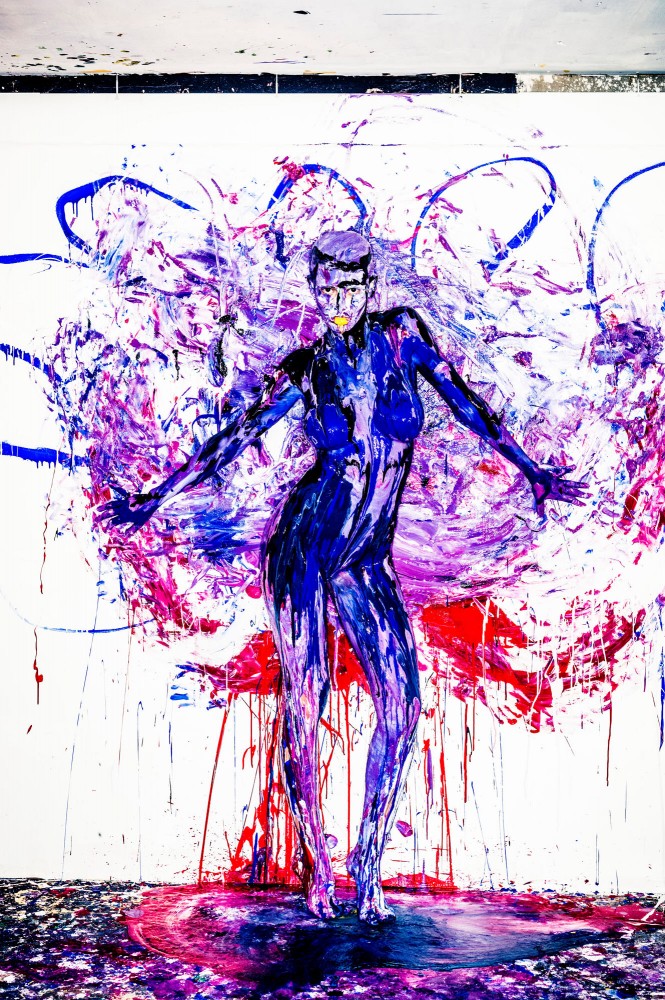
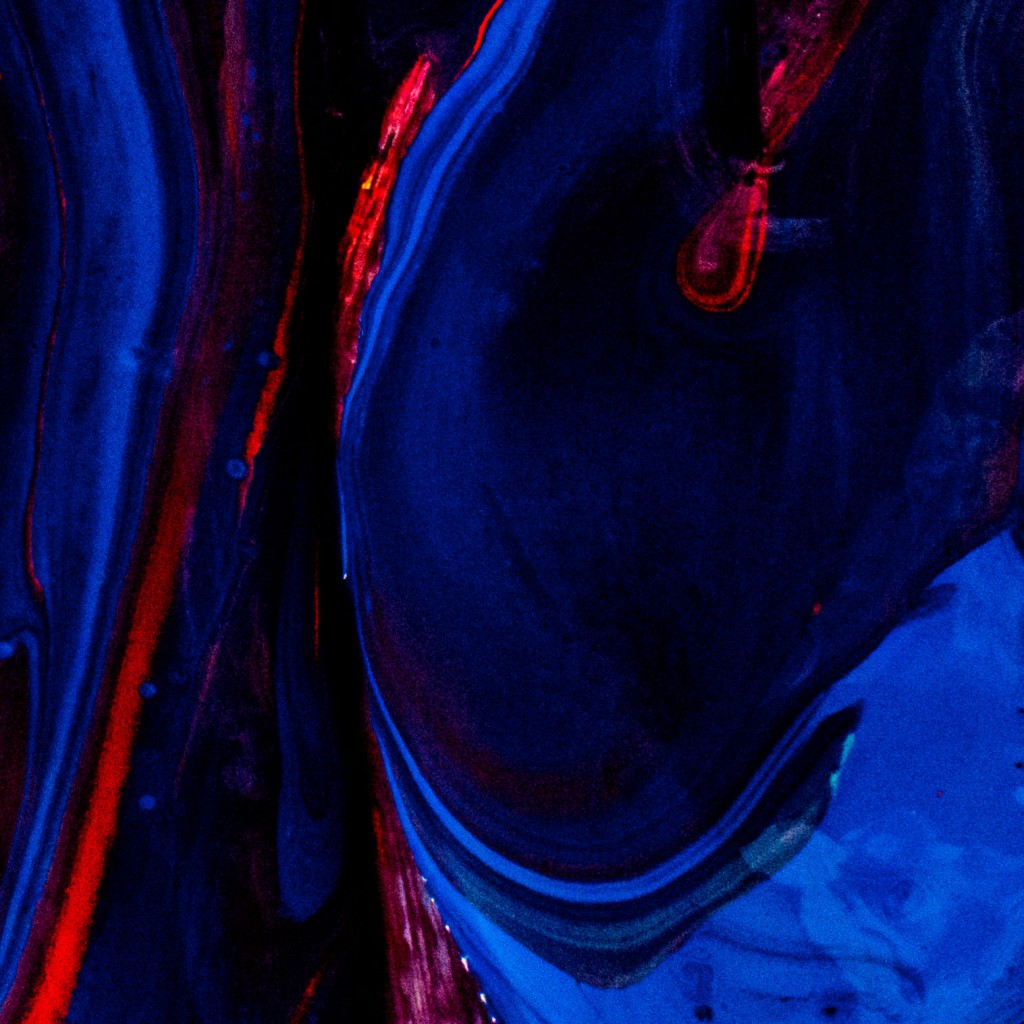
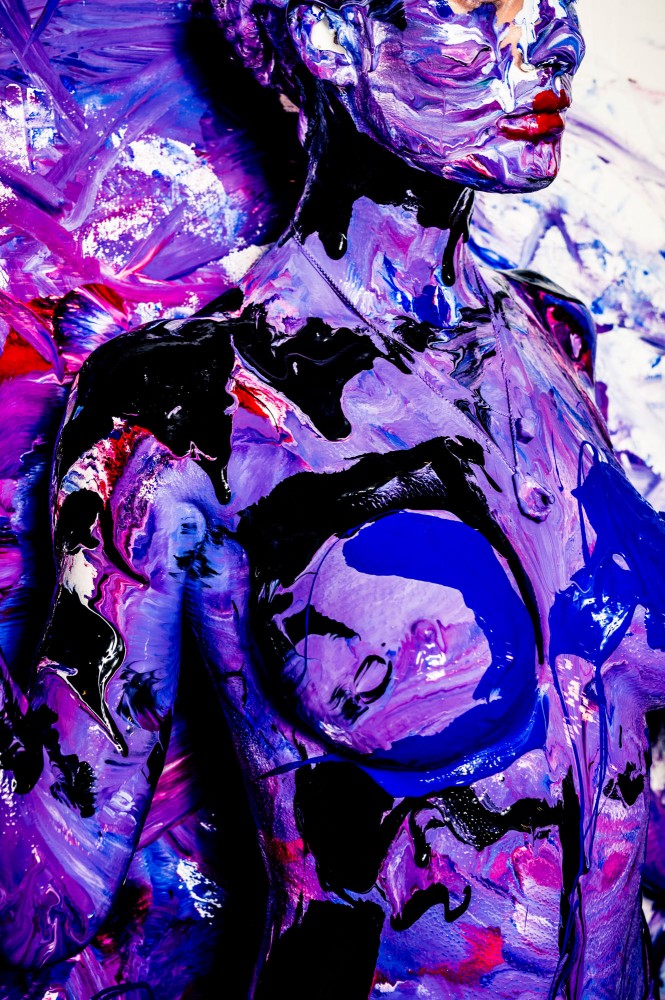
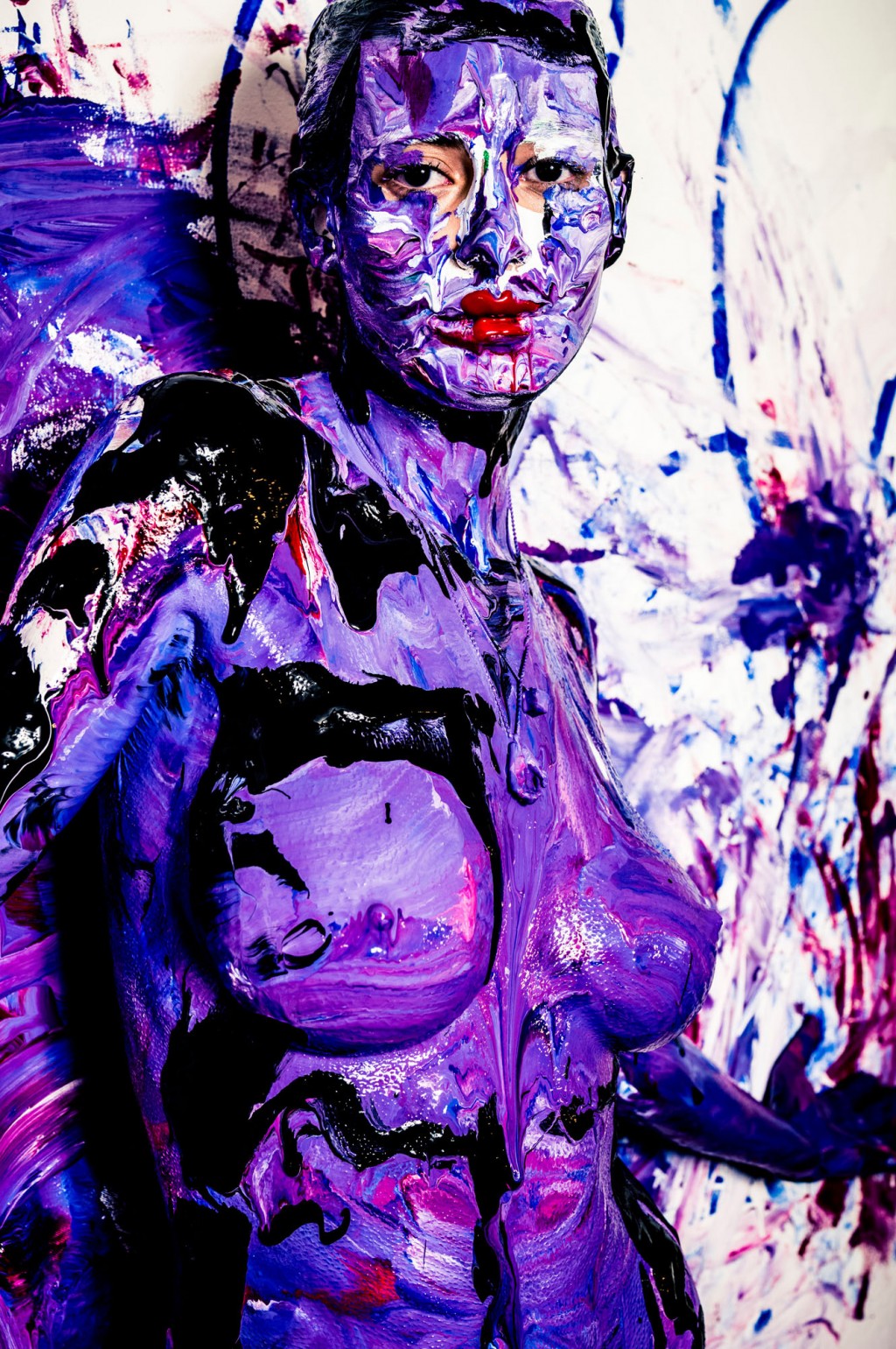
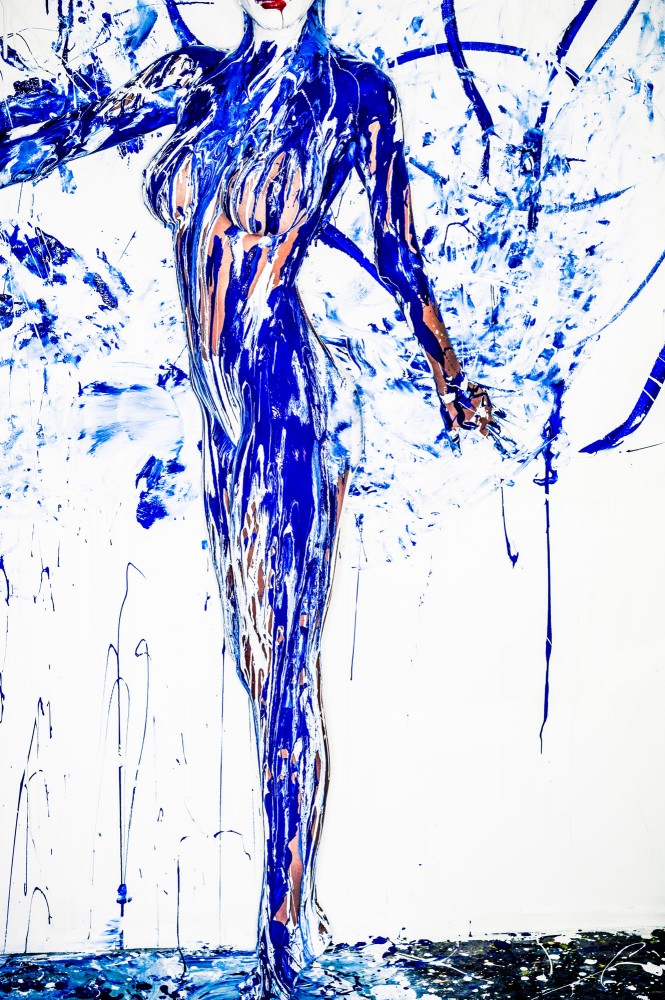
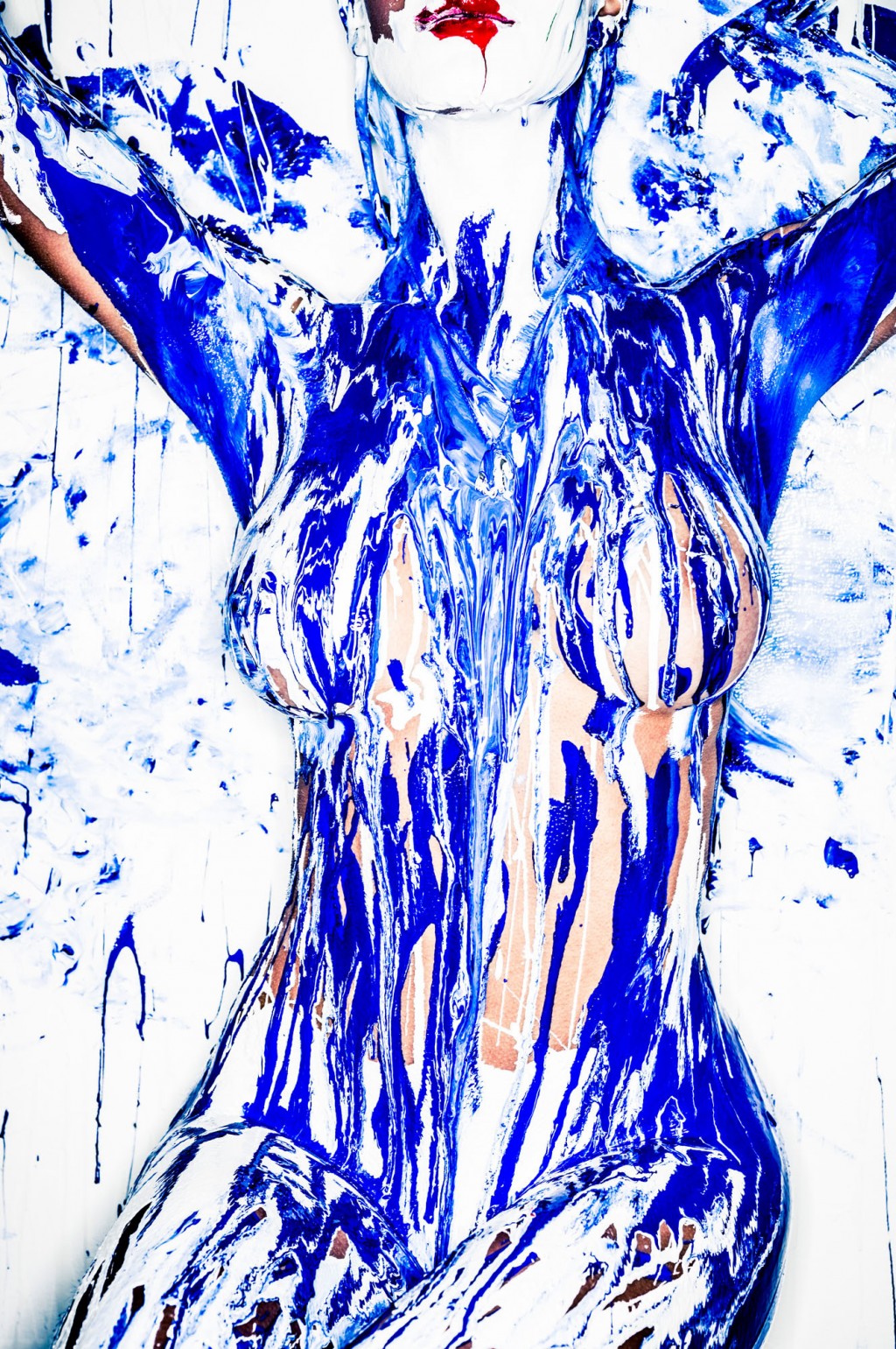
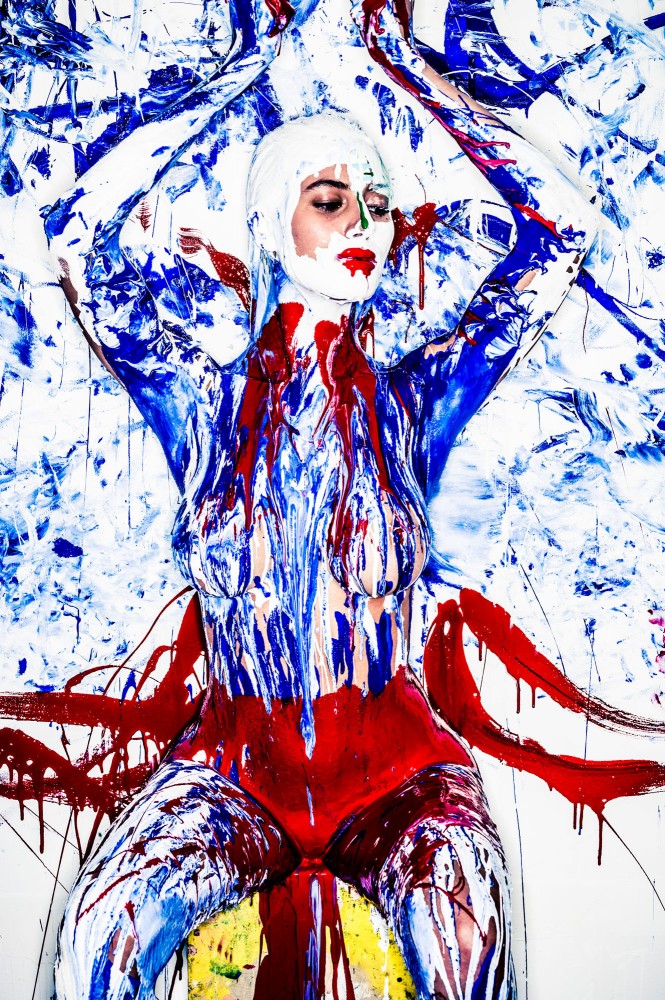
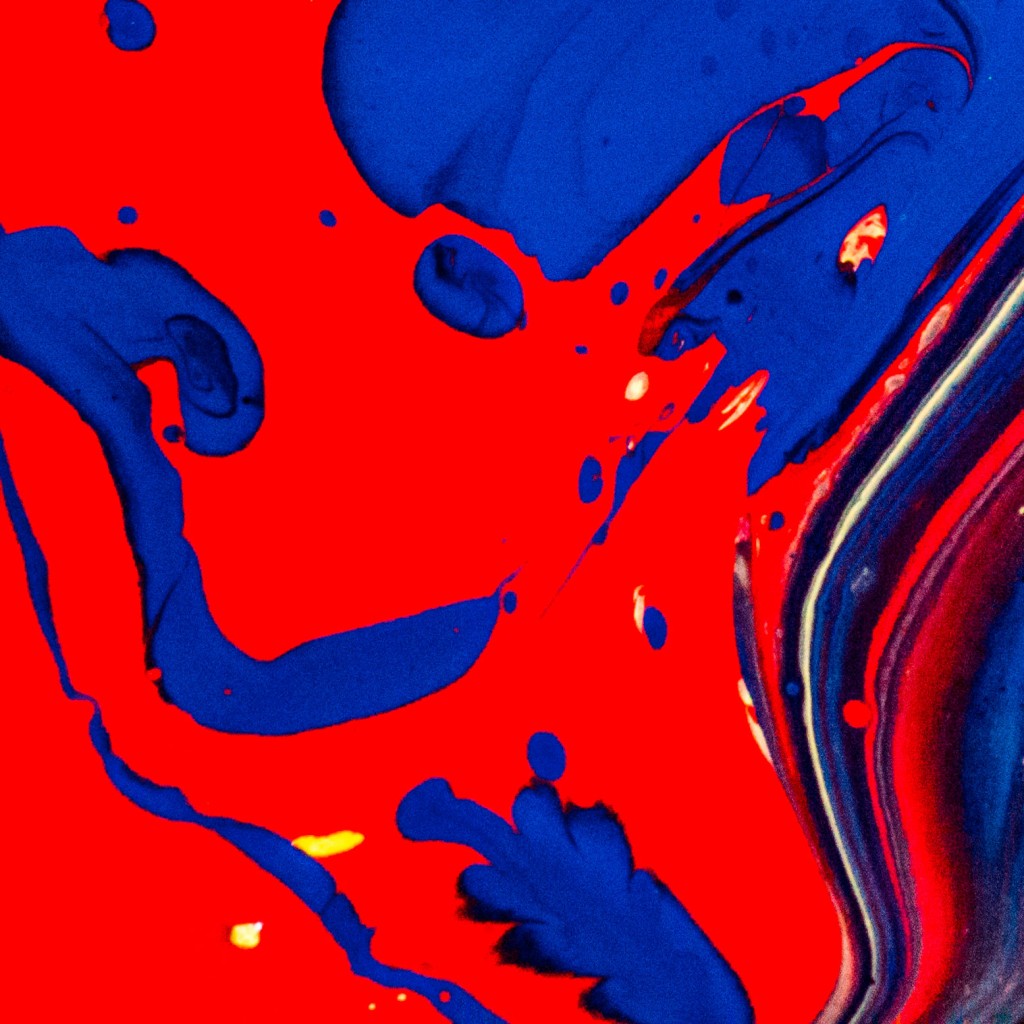


















INTERVIEW
Enrique Badulescu
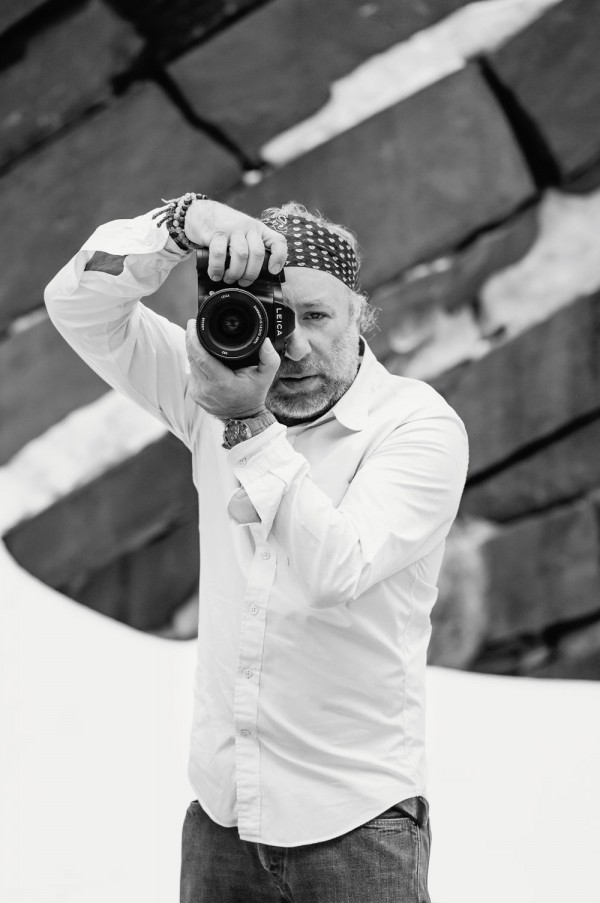
PHOTOGRAPHY Enrique Badulescu BODY PAINTING & ART DIRECTION Vicky Steckel and Ward Stegerhoek @Boscar Project New York MODEL Alejandra Guilmant @ Strom Management London CAMERA Leica S with Summarit-S 70mm f/2.5 Asph.
For “High Blood Pressure”, renowned Mexican photographer Enrique Badulescu worked with artists Vicky Steckel and Ward Stegerhoek, as well as model Alejandra Guilmant. Their efforts resulted in exciting body-painting creations – an explosion of colours that explore the boundaries between art, photography and body, and cause high blood pressure.
S Magazine:You recently shot a complete, exclusive issue of the S Magazine for us; an impressive 200 pages. Did it have an influence on your work after that? Did something in your photography change as a result?
Enrique Badulescu: Absolutely: you allowed me complete freedom, which is something you don’t normally have when working on a magazine production. That was great, of course, and it got me thinking. It reminded me of how lovely it was in the nineties, when it was much more about the creativity, and the work ethics were different. So, while I was working on producing the S issue, I naturally asked myself how things would go on afterwards. It was a real turning point for me. It provoked a change in my way of seeing and in my head, in so far that in the future I want to work in a much more artistic direction. It was a lot of fun to work for you. We were lucky with the Hermès clothes, with the stylists… it was great! I hope we’ll get to do another project together!
What used to be different about photography? When?
It was much more about the aesthetics, it was somewhere between fashion and art, and it wasn’t so much about the money. The quality of the photos back then was also very different. You could tell immediately which photographer had taken the pictures. Nowadays, things are becoming more of a mishmash, without a clearly unique signature on the whole. Everything has changed completely. Luckily, I have a certain reputation in the field, so that I still have a certain influence and do the editing myself. But there are some jobs today where I leave it up to the client…
For the print issue, you had developed very diverse ideas and concepts in advance. In the end, what came out was pretty much completely different. Do you tend to work spontaneously?
Yes. I’m the kind of photographer who gets inspired by others and finds stimulus in different places, such as books or paintings, but who, at the end of the day, decides quite spontaneously what to do. And, because I like to work outside, spontaneity is a requirement – like when the weather doesn’t play along, as happened with the Hermès story. And we wanted each story to look completely different; that difference was important to me. You don’t want to always be doing the same thing. Consequently, it’s nice to include something spontaneous.
Do certain places – like where you live, like New York or Tulum – have an influence on your photography? Don’t you miss Europe?
Tulum has a big influence on me because I have a house there. In summer it’s very lovely and not too crowded. But it could be London that has influenced me most. My photography is a mixture of European and Mexican.
What criteria do models need to fulfil for you to choose them for your pictures? Or, in other words, what types do you prefer?
I prefer girls who are a little older, more easy going. Not androgynous, and they don’t need to be perfect – they should have great character and know how to move well. Strangely, the Dutch girls are the best, because they’re always in a good mood and have a great sense of humour. What’s more they’re game for anything. Sometimes it’s decided by chance, however. Coincidentally, many of the girls I like working with have German surnames… Julia Stegner, Luca Gadjus, I also like Heidi Klum a lot.
Do you have a favourite model or personality? Or who would you still like to work with?
I’d still photograph Kate Moss when she eighty and aching and I’m around a hundred. Age is not so important. In the past I worked with Georgina Grenville for French Vogue, and she’s still working now. Women can still look beautiful at forty – the sixteen, seventeen year-olds are sometimes just too young to do the job. In the nineties, the girls were between 20 and 25, they had character, nowadays some of them are 14. How are they supposed to know anything about posing? They don’t even know what sexy is!
For this spread you’ve worked with the Art Collective Boscar, as also for the S Magazine 6. Is it about the emotions, the feelings, or is there something else behind it?
I’ve known Vicky Steckel, the artist and Ward Stegerhoek, one of the most talented hair dressers in the field, for twenty years. After doing the print magazine with you, they’ve been quite in demand and many celebrities want to be painted by them and photographed by them. Now they do it themselves. For the current spread I did the photography again… and we had a lot of fun. We photographed at night in a cellar. That means a very unique atmosphere, a feeling of intimacy. You’re in a very different mood, it’s very intense. Even though it’s cold for the girl while the layers of colour are being added. We order food, we listen to music.
Do you photograph a lot of nudes? It that a theme where you also like to express yourself, or is it rather difficult to process?
No, not really. I am planning a story now, however, but everything has to work, there has to be a feeling of familiarity, otherwise it doesn’t work, and that kind of familiarity is rather rare.
You do a lot of sun, beach and bikini sessions. Is skin a preferred subject/theme for you?
There’s a good reason why they call me “King of the Beach”. But, in the meantime, I find beauty shots more interesting, because you work much closer with the girls. It also seems more creative to me that with fashion where, at the end of the day, it’s just about the clothes.
Do you like photographing in the studio or on location? What differences do you see?
I like working in the studio from time to time, when it’s about things that you simply can’t capture well outside. For French Vogue, which is very avant garde, I did a project with projections – you can only do that in a studio. But after two days inside that’s enough, then I want to get back out into the fresh air.
We’re currently doing a new S Magazine with Ellen von Unwerth. You knew her from before, right? Was she a model or already a photographer at the time?
I met her at a photo shoot on Santorini, where she was already taking pictures with a Leica M6. Then she moved to New York, and I used to give crazy parties with a hundred people, and she would always come with her husband. She was always very nice, but she was just starting out as a photographer. At the time you couldn’t have imagined that she would become so famous, in particular because of the Guess campaign.
Do you you still enjoy photographing with the Leica S?
That’s why I’m waiting impatiently for the latest model. The cameras are just incredibly beautiful – the design, but above all the quality. The lenses are fantastic, and it’s quiet. Having a Leica in your hands is like the Aston Martin among cameras.